Google Pixel 9 Pro Fold: The 5 biggest upgrades I want to see
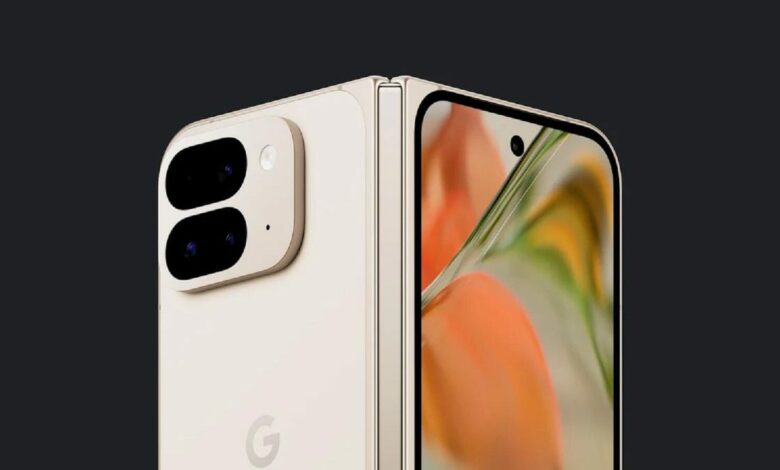
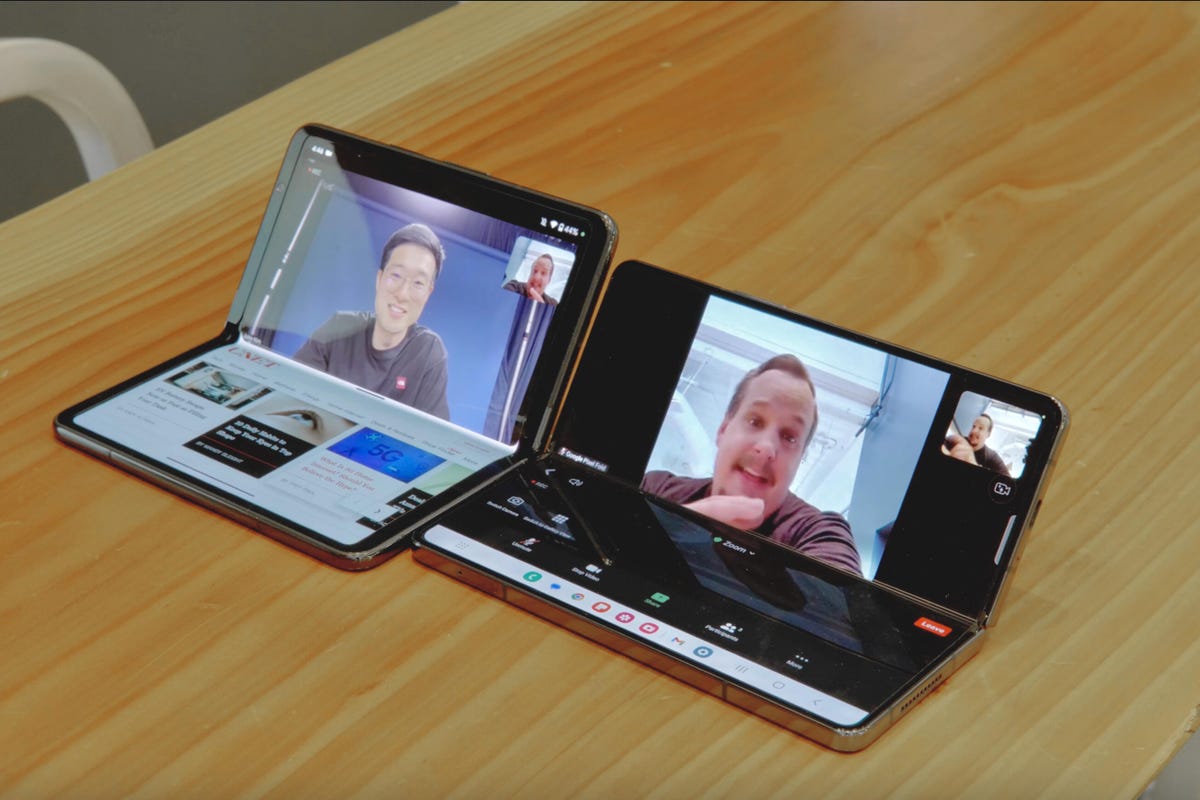
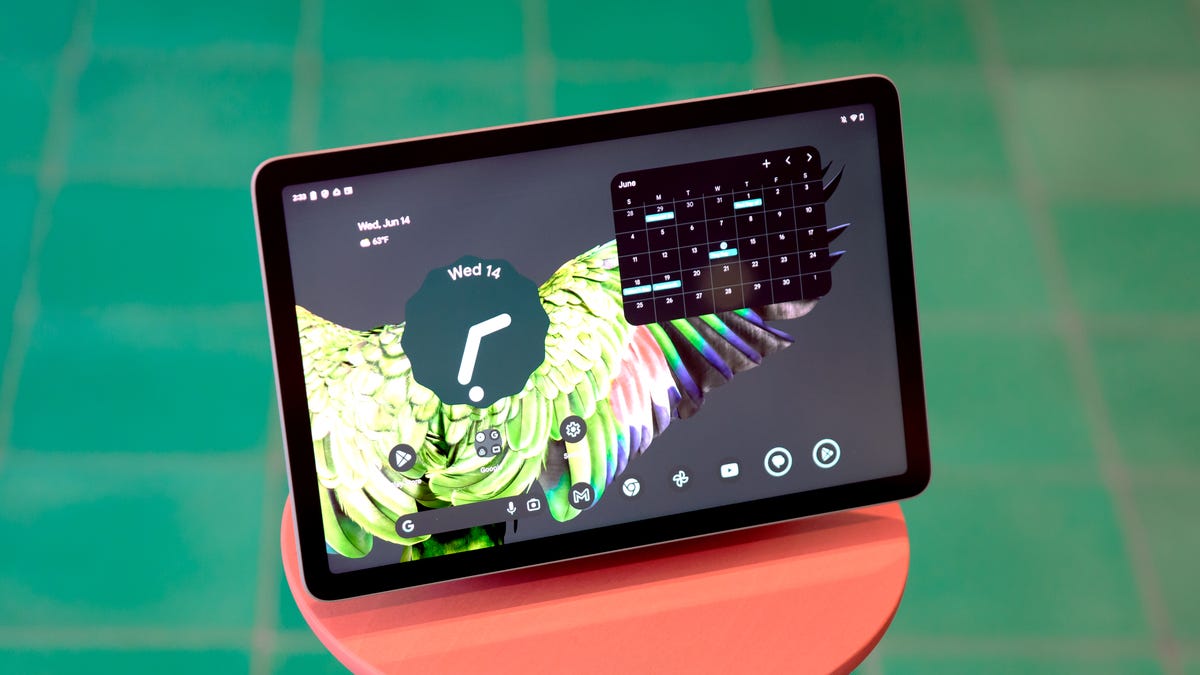
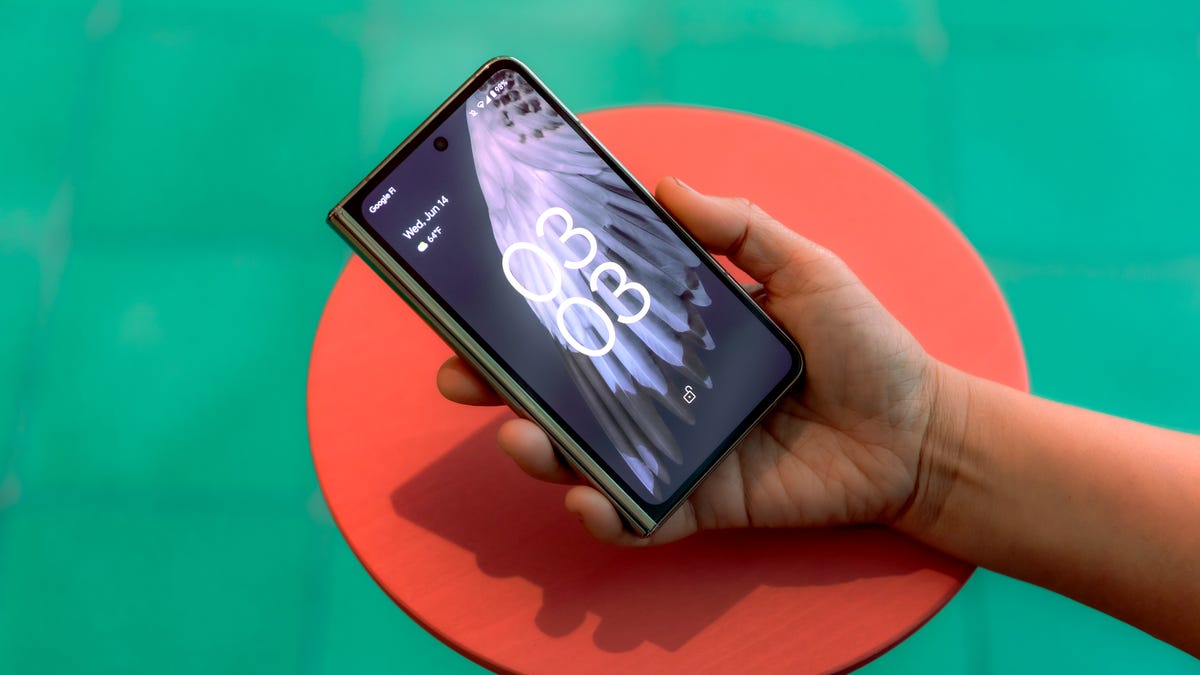
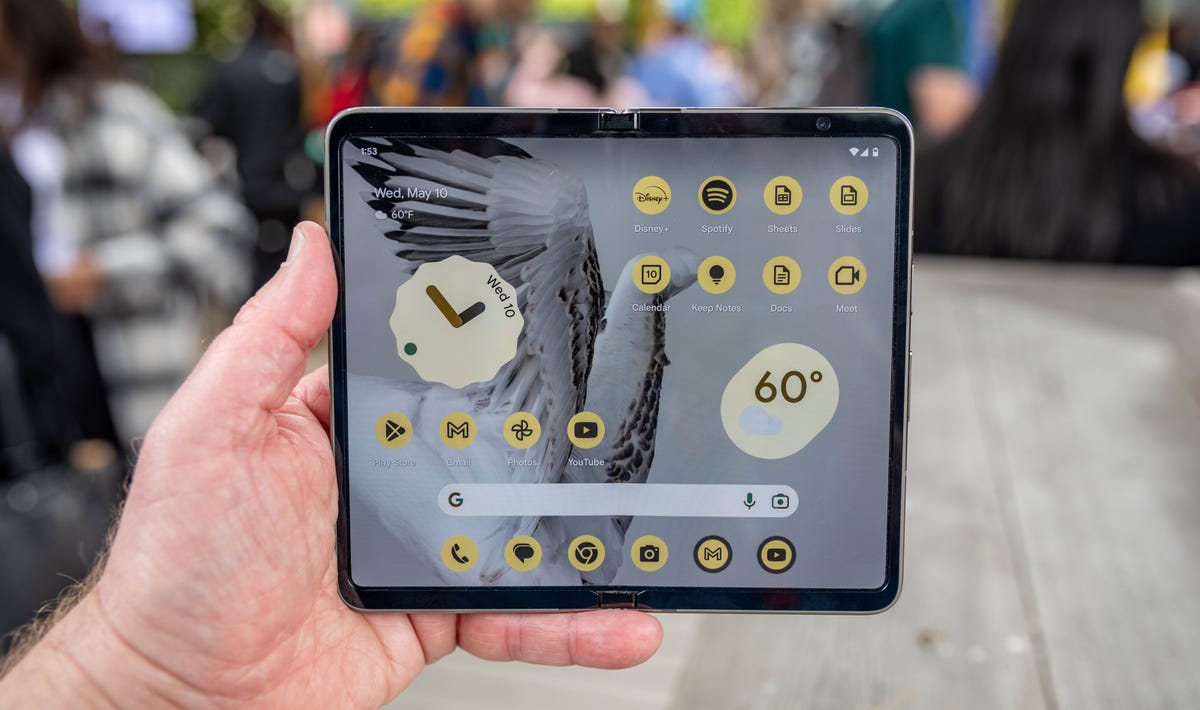
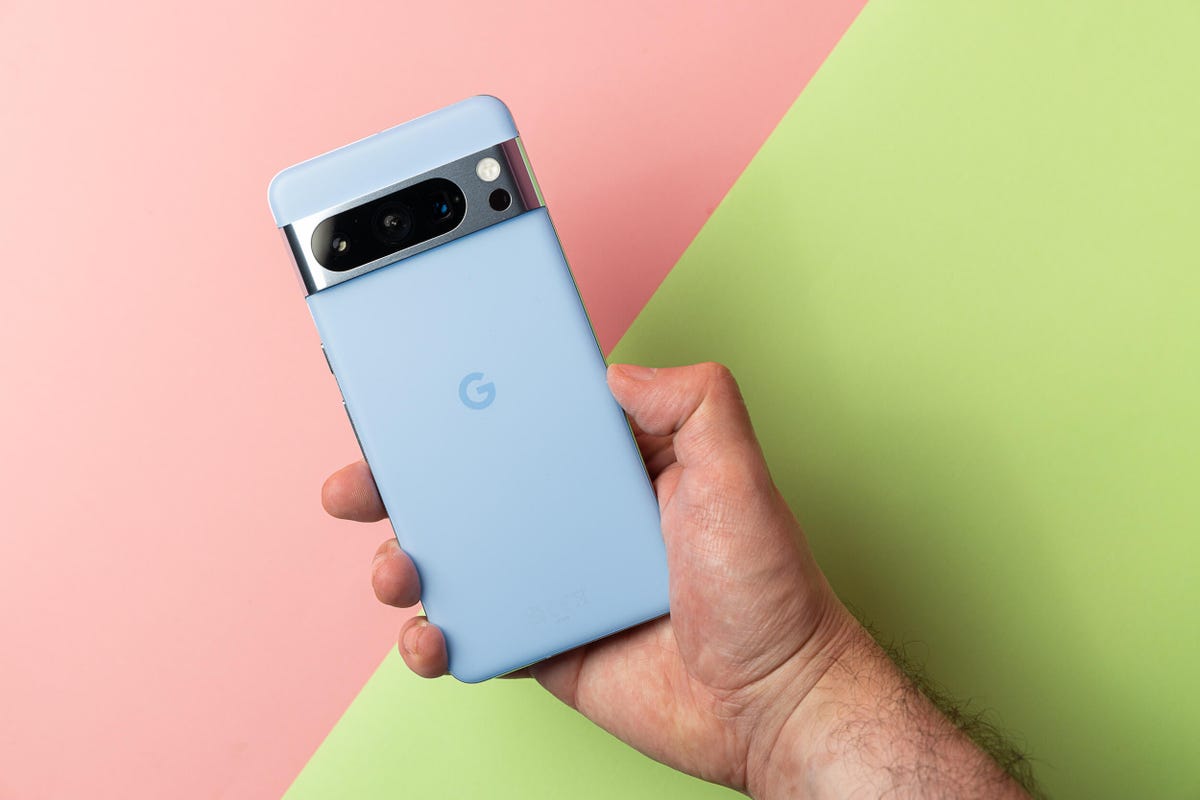
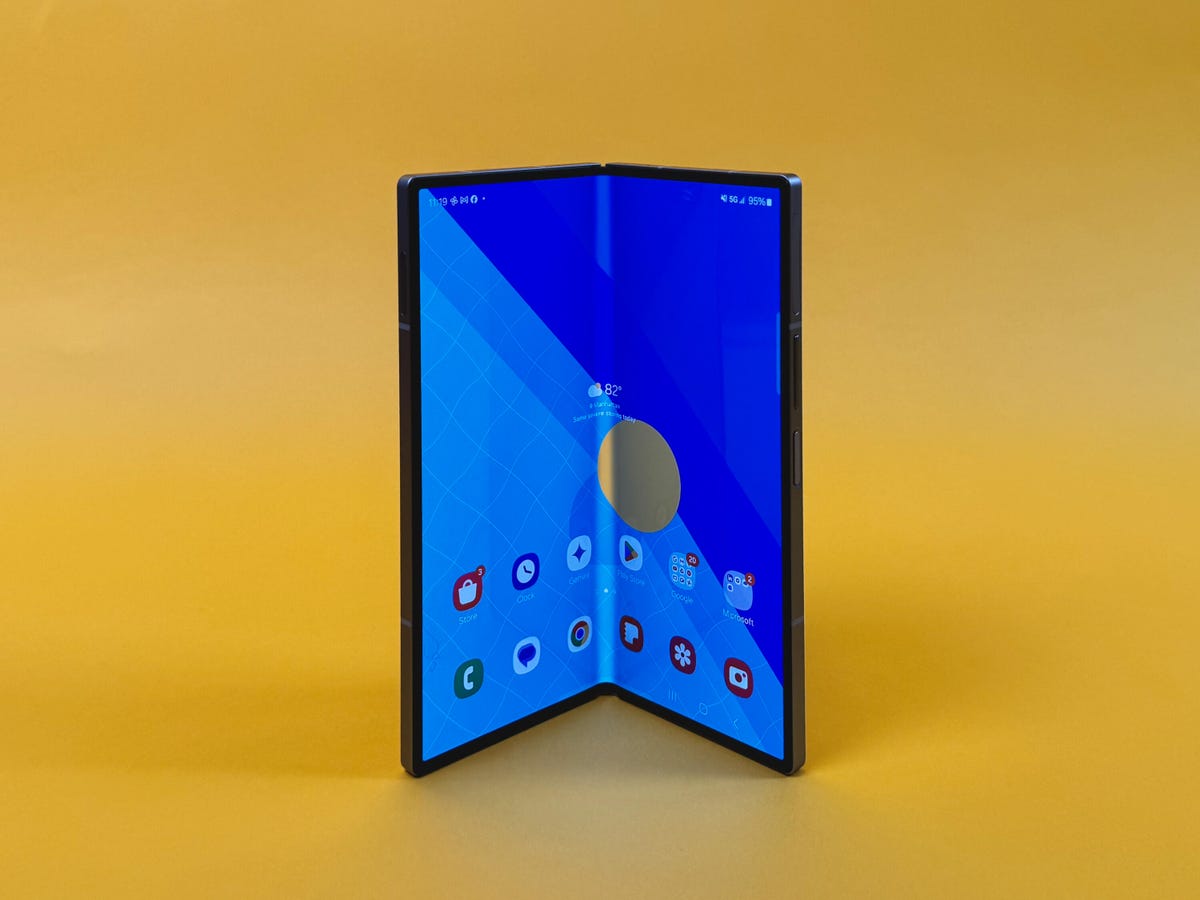
Google got a lot right with the Pixel Fold – namely the roomy cover display and high-quality rear-facing camera system. But Samsung’s Galaxy Z Fold 6 just went on sale, and its sleeker design and lighter build have me wanting more from Google’s next foldable, the Pixel 9 Pro Fold.
The search giant will introduce the Pixel 9 Pro Fold at an event on August 13, where we expect to learn more about Google’s smartphone plans. In particular, I’m interested in seeing Google do what no other foldable phone maker has done before: come up with compelling new software features that are specific to foldable phones.
I may sound like an old record. But as the release of the Galaxy Z Fold 6 shows, phone makers still haven’t gotten very far in software that takes advantage of multiple displays. While the ability to flip the device open to take a photo or view apps in split-screen mode is useful, I’d like to see more creative ways to take advantage of the dual displays you get with a foldable phone.
The Pixel 9 Pro Fold is expected to arrive as the foldable phone market continues to grow, though it still represents a small share of the overall phone market. In a report provided to CNET, the International Data Corporation said that foldable shipments increased 33% year over year in the first quarter of 2024.
A new processor and some design changes are likely in the offing for Google’s next foldable device, the latter of which Google has already confirmed via images posted to its website. websiteBut here’s what the Pixel 9 Pro Fold needs to do to keep pace with Samsung and address my biggest criticisms of the original Pixel Fold.
read more: Galaxy Z Fold 6 vs. Z Fold 5: Testing Samsung’s new ultra-wide camera sensor
More innovative software features

The Pixel Fold (and other foldable phones) could use more creative software features.
If you’re going to pay top dollar for a foldable phone, you want an experience that feels noticeably different from a regular bar-shaped phone. For some, the benefit of having both a tablet-sized internal display and a phone-sized screen might be enough. But now that foldable phones have been widely available for about five years, I’d have hoped to see more from companies like Google when it comes to the software.
We still treat foldable book-style phones as if they were just larger smartphones, when there’s opportunity to make them a completely new type of device. I recently wrote that Samsung should introduce a feature similar to Apple’s Standby mode for the cover screen of the Galaxy Z Fold 6 , and I think Google should do the same.
In fact, it’s in an even better position to do so. Not only is the Pixel Fold’s front screen wider than the Galaxy Z Fold 6’s, but Google can also draw on its experience with the Pixel Tablet to create a Smart Display-style interface for the cover screen.

I hope Google’s next foldable phone takes a cue from the Pixel Tablet (pictured) when it comes to the cover screen.
There’s also room for Gemini to evolve on a device like the Pixel 9 Pro Fold. Given that Google is emphasizing Gemini’s multi-modal capabilities — its ability to process different inputs like speech, images, text and more — I’m curious to see if that could be applied in interesting ways via Google’s foldable.
Unlike a traditional phone, a device like the Pixel Fold doesn’t require a separate kickstand or tripod to prop it upright. That makes it easier to operate the camera and display simultaneously without having to hold the device. I wonder what this could mean for Gemini in the future, as Google focuses more on its multi-modal nature.
Either way, it would be nice to see a special version of Gemini tailored to the Pixel Fold’s dual screens. Google is already thinking about this; the Gemini overlay that appears when you summon the virtual assistant may soon run in multiwindow mode on the Z Fold 6. It seems plausible that Google would build the same functionality into its own foldable device.
We’ll likely hear a lot about Gemini at Google’s August 13 event, as evidenced by Google’s Gemini-focused placeholder image product page for the Pixel 9 Pro and Pixel 9 Pro Fold.
A thinner and lighter design

The Pixel Fold feels heavy compared to newer foldable phones.
Now that the Galaxy Z Fold 6 has arrived, it’s time for Google to up its design game. At 283 grams, the Pixel Fold is noticeably heavier than the 239-gram Galaxy Z Fold 6, and it’s also slightly thicker than the Z Fold 6 when open (5.8 millimeters versus 5.6mm). Honor and Xiaomi are even further ahead in this regard; the Honor Magic V3 weighs 226 grams, while the Xiaomi Mix Fold 4 weighs just 4.59mm when unfolded.
Size and weight might not be the most important elements of a phone, but making the Pixel 9 Pro Fold more compact would go a long way towards making it feel less burdensome and more natural to carry around. The Galaxy Z Fold 6’s lighter design was the first thing I noticed when I picked it up, and I’m hoping Google’s next foldable leaves a similar impression. The Pixel Fold just feels clunky compared to the Galaxy Z Fold 6.
Design is more important for foldable phones than for regular phones. The thinner and lighter these devices get, the less they’ll feel like two phones butted together. Plus, their unconventional looks already draw attention, making their aesthetics all the more important. Based on Google’s images, it appears that the Pixel 9 Pro Fold will indeed get a makeover compared to its predecessor. It’s unclear, however, whether the phone will be slimmer or lighter.
An improved inner screen

Google’s next foldable phone could feature thinner bezels and a less noticeable crease compared to the Pixel Fold (pictured).
The Pixel Fold’s inner display could use an upgrade, especially if Google wants to keep up with Samsung. As I wrote in my review, the bezels surrounding the Pixel Fold’s display are noticeably thick, which can make the tablet-sized screen feel less immersive. The crease is noticeable on the Pixel Fold too, especially next to the Galaxy Z Fold 6 and OnePlus Open.
I’m skeptical that the crease will ever truly disappear from foldable phones in general, not just Google’s. But the more discreet it is, the more it starts to feel like the phone-tablet hybrid it’s supposed to be.
The images on Google website hint that the company has made some changes to the bezel that frames the display. Renders from serial tech leaker Steve Hemmerstofferthat were published on the blog 91Mobile phones and claim to show the Pixel 9 Pro Fold’s design, suggests Google will indeed slim down the bezels around the internal display. But we’ll know more once Google announces the phone.
More years of software updates

Google has extended the timeline for software updates with the Pixel 8 series. Let’s hope the same happens with the Pixel 9 Pro Fold.
The Pixel Fold will get new versions of Android until 2026, roughly three years after launch. It will also get security updates for five years from launch.
However, Google upped the ante last year when it guaranteed seven years of Android updates for the Pixel 8 generation, so I’m hoping it continues that trend with its next foldable phone. A device as expensive as the $1,800 Pixel Fold should receive updates for more than three years. (The flexible display and body should last just as long, too.)
A lower price

The Galaxy Z Fold 6 (pictured) is $100 more expensive than last year’s Galaxy Z Fold 5. Hopefully Google doesn’t raise prices for the upcoming Pixel 9 Pro Fold.
There’s no sugarcoating it here; foldable phones are expensive. That’s especially true for book-style foldables like the Pixel Fold. Perhaps it’s unrealistic to think that Google can make all of the improvements mentioned above and simultaneously lower the price of the Pixel 9 Pro Fold. Still, the Pixel Fold’s $1,800 price tag is still noticeably higher than the average selling price for a smartphone in North America in Q1 2023, which is according to Channels.
Samsung, meanwhile, has increased the price of the Galaxy Z Fold 6 by $100 compared to the Z Fold 5. If Google can continue to undercut Samsung on price while also making improvements, the Pixel 9 Pro Fold could be the more attractive option.
On August 13th we will know more about Google’s next foldable phone. I hope for a sleeker design, interesting software features and a lower price.




